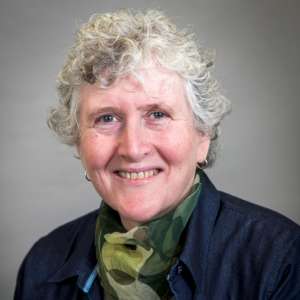Tamariki and fanau: child speakers of Māori and Samoan in Aotearoa/New Zealand
Abstract
After English, the two languages most spoken by children in Aotearoa/New Zealand are Māori, the indigenous language of the country, and Samoan, the language of one of New Zealand’s first migrant groups. The ongoing vitality of both these Polynesian languages relies on them being transmitted to new generations of children. This study uses specially commissioned datasets from the 2013 Census to explore the rates of intergenerational transmission of these two languages, and sheds light on how the different circumstances relating to Māori and Samoan affect their rates of intergenerational transmission. The statistics presented also generate a number of potential questions for future investigation.


